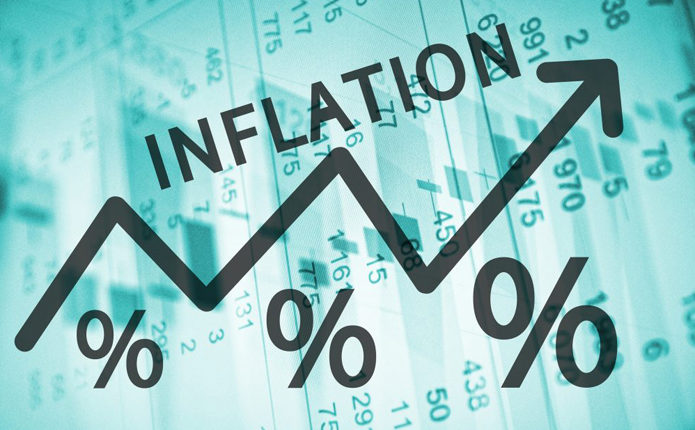Regional initiatives will be effective in controlling inflation – Statistical Service
The Ghana Statistical Service (GSS), says the country can reduce the rate of increase in the prices of goods and services over the long term by implementing national policies that are supported by regional initiatives.
The Service has consequently advised that the regulatory actions adopted to control inflation by the Bank of Ghana (BoG) and other related state institutions be supported by regional-level actions.
“The chances of hastening a downward trend in our inflation is more likely to occur if we take into consideration the role of sub-national government and other real sector ministers to augment the work
of the Central Bank and other state institutions directly related to fiscal and monetary policy.”
Those were the comments of Professor Samuel Kobina Annim, the Government Statistician, at the launch of the maiden report on “Food price variability across Regions in Ghana,” in Kumasi in the Ashanti region.
He explained that the 2017/2018 Ghana Living Standard Survey showed that the share of household’s expenditure on food to total expenditure was 42.9 per cent.
However, the quarterly survey showed that the share of food inflation of household’s had increased from the 42.9 per cent in January 2022 to more than 60 per cent in April 2023.
“We really need to get into the food management system more carefully if we want to drive down prices, by looking at the entire value chain of food prices,” Prof Annim said.
“This is because the report is telling us that there’s a lot of within region variations more than across region variation, and commodity specific rather than a generalistic case where it cuts across all different commodities,” he added.
The food price variability analysis showed that goods with uniform packaging, such milk and tomato paste, had less price fluctuation between regions.
On the other hand, food items without standard packaging, including cassava and plantain had substantial variations across regions.
That was attributed to supply-side factors, such as transportation costs, local production cost variations, supply chain disruptions, and seasonality.
For example, milk, which had the least variability in median prices per litre across regions, saw nine out of the 16 regions recording the same median price of (GHS43.75).
The median price per kg of tomato paste was the same throughout all seven regions (GHS28.60).
Nonetheless, there was a difference of around GH 10.00 between it and the median prices that were recorded as being the highest (Western North, GHS38.60) and lowest (Central, GH 17.00).
The report echoed the importance of ensuring access to food as a priority development target, which reflects by the Sustainable Development Goal two of ending hunger and ensure access by all people.
That meant that people, particularly, the poor and vulnerable in the society, including infants, had access to safe, nutritious, and sufficient food all year round.
The food price variability report analysed price variations in food products across the 16 regions and explored trends in food prices between January 2022 and April 2023, with a focus on food inflation.
It provided information on the price variations of 10 selected food items (beef, bread, cassava, cooking oil, imported rice, milk, millet, plantain, tomato paste, and yam).



